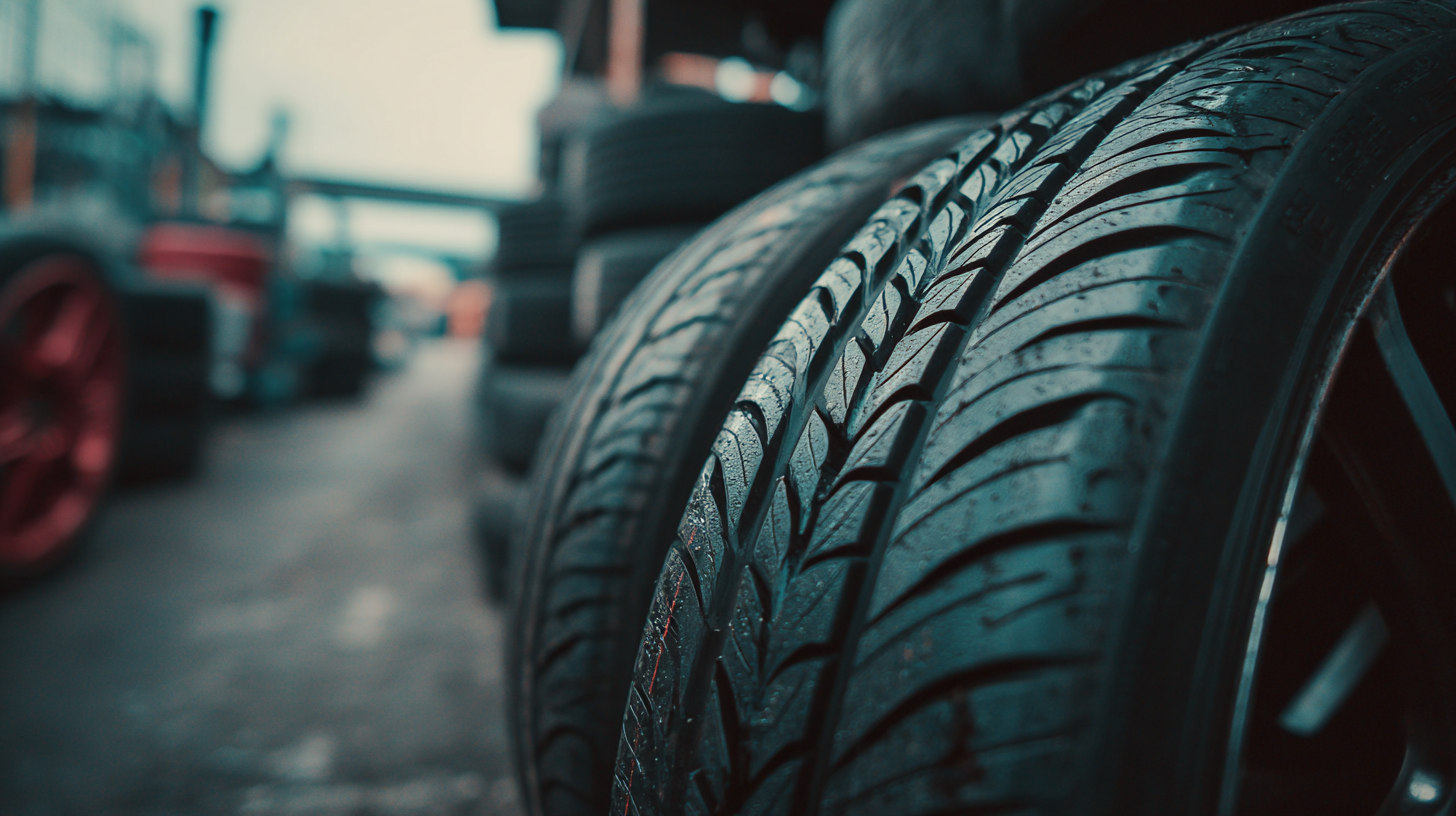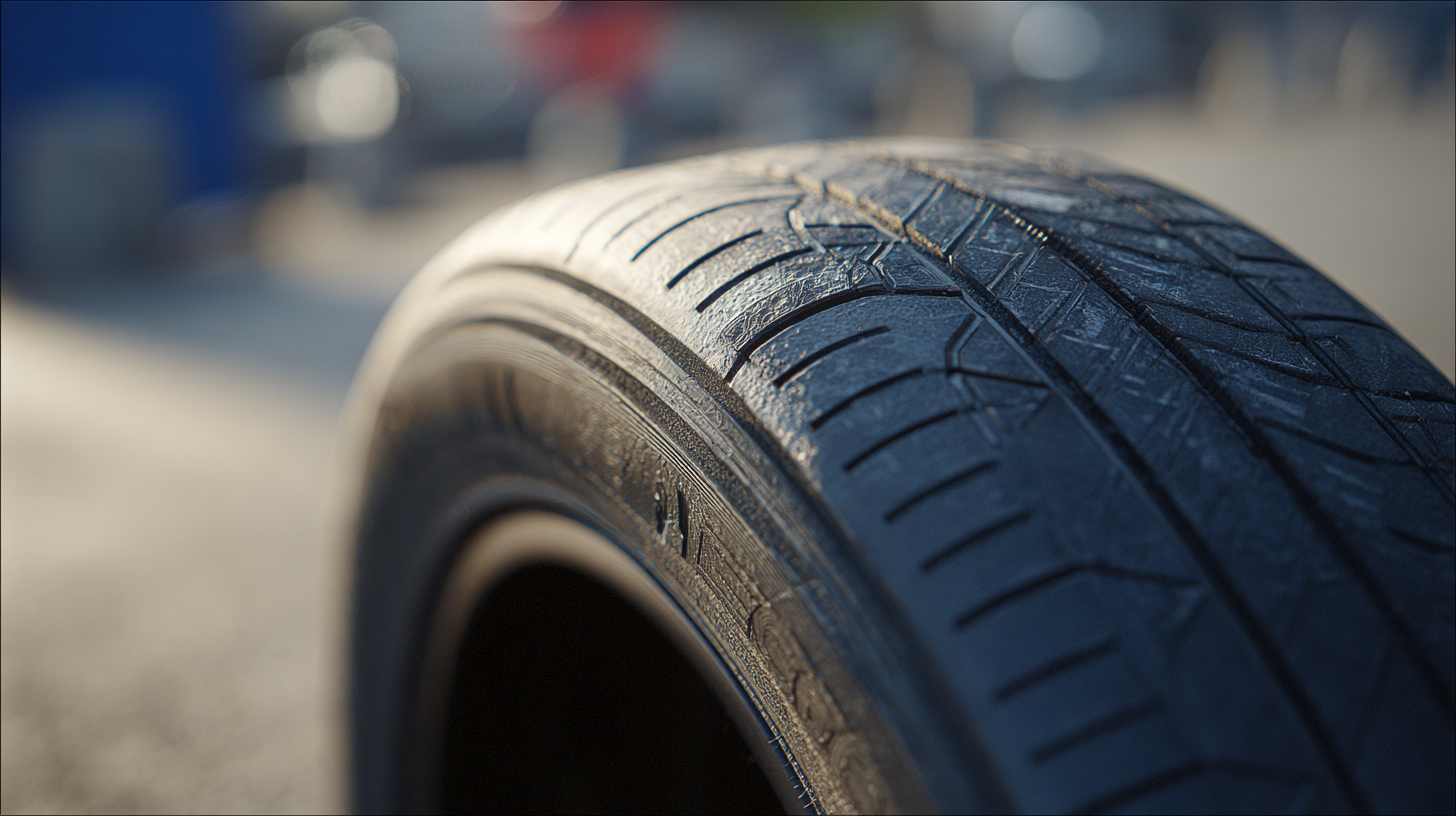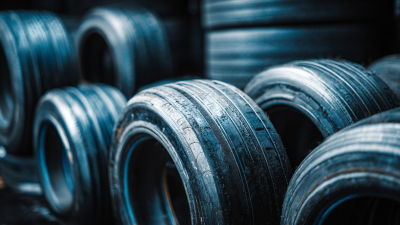Leave Your Message
The "Inner Tube for Tire" plays a crucial yet often overlooked role in the overall safety and performance of wheels in various vehicles. As the interface between the tire and the air that maintains its shape, the inner tube is essential in ensuring optimal inflation, preventing flats, and providing cushioning that enhances ride comfort. With the increasing emphasis on road safety and vehicle efficiency, understanding the significance of this component becomes paramount. It not only helps in maintaining the structural integrity of the tire but also affects the vehicle's handling and braking performance.

In this exploration, we will delve into the multifaceted advantages of inner tubes, examining how they contribute to tire longevity, improve traction on diverse surfaces, and ultimately enhance the driving experience. Recognizing the vital role of inner tubes can lead to safer journeys and better vehicle performance, making it a topic worthy of closer scrutiny.
The functionality of inner tubes in tire systems is pivotal for enhancing safety and performance, primarily through their role in maintaining optimal tire pressure. Inner tubes are designed to retain air within the tire, significantly affecting ride quality and stability. Recent advancements have underscored this importance, as companies delve into innovative inner tube solutions. For instance, the development of tunable tire inserts highlights how precise adjustments in air volume can cater to varying terrain conditions, enhancing both grip and control during rides.
Moreover, research has indicated that proper tire pressure directly correlates to rolling resistance, which can impact overall cycling efficiency. A reduction in rolling resistance of just 10% can lead to a noticeable improvement in speed and energy expenditure. This illustrates the critical nature of inner tubes not only for performance but also for preventing issues such as pinch flats. Sourcing durable materials and advanced valve designs further empowers users to rely on inner tubes for a safer and more responsive riding experience. As the bicycle industry continues to innovate, the inner tube's role remains central to achieving the balance of safety, performance, and durability cyclists demand.
 The incorporation of inner tubes in tires plays a crucial role in enhancing driving stability and safety. Inner tubes act as a barrier between the tire and the air pressure, which helps maintain optimal inflation levels. This function is particularly significant as properly inflated tires ensure better grip on the road, reducing the risk of skidding or hydroplaning, especially in adverse weather conditions. For drivers, this translates into increased confidence while maneuvering their vehicles, leading to a safer driving experience.
The incorporation of inner tubes in tires plays a crucial role in enhancing driving stability and safety. Inner tubes act as a barrier between the tire and the air pressure, which helps maintain optimal inflation levels. This function is particularly significant as properly inflated tires ensure better grip on the road, reducing the risk of skidding or hydroplaning, especially in adverse weather conditions. For drivers, this translates into increased confidence while maneuvering their vehicles, leading to a safer driving experience.
Moreover, inner tubes provide an added layer of protection against punctures. When a tire is punctured, having an inner tube can help slow down air loss, allowing drivers more time to react and safely bring their vehicle to a stop. This immediate response capability significantly reduces the likelihood of accidents caused by sudden tire failure. With enhanced puncture resistance and reliable pressure retention, inner tubes support not only the structural integrity of the tire but also promote overall safety on the road, making them an essential feature for any vehicle.
Inner tubes play a crucial role in enhancing tire performance and safety, making regular maintenance essential for cyclists. Proper maintenance can significantly reduce the risk of punctures and improve overall ride quality. Checking the inner tubes for leaks, ensuring they are properly inflated, and replacing worn-out tubes can greatly affect traction, handling, and comfort. As advancements in materials lead to the development of options like TPU inner tubes, cyclists are presented with alternatives that may provide additional benefits in terms of durability and performance.
In bustling cycling conditions, having the right equipment, such as efficient puncture repair kits, can make a difference. While punctures may not be entirely avoidable, being prepared with the necessary tools enables cyclists to address issues with minimal disruption. Selecting the right inner tube based on the specific requirements for road or gravel cycling further enhances performance, proving that a well-maintained inner tube system is fundamental for a smoother and safer ride.
When selecting the right inner tube for your tires, several critical factors come into play that ensure optimal compatibility and performance. Firstly, it is essential to match the inner tube size with the tire dimensions. Inner tubes are specifically designed to fit particular tire sizes, and choosing an incorrect size can lead to issues such as improper inflation or even blowouts. Always check the tire specifications and ensure that the inner tube you select corresponds to those measurements.
Secondly, the material of the inner tube contributes significantly to performance and durability. Common materials include butyl rubber and latex, with butyl being more widely used due to its excellent air retention properties and resistance to punctures. However, latex tubes are lighter and provide lower rolling resistance, making them a suitable option for racing. Depending on your usage—whether daily commuting or competitive racing—considering the material can significantly affect the ride quality and safety. Ultimately, assessing the size and material will help you make an informed decision that enhances both the safety and performance of your tires.

Inner tubes play a crucial role in the overall safety and performance of tires, acting as the first line of defense against punctures and air loss. However, there are common issues that tire inner tubes encounter, and understanding how to troubleshoot these problems can greatly enhance a cyclist's experience. According to industry reports, nearly 20% of all tire failures are attributed to tube-related issues, ranging from punctures caused by sharp objects to slow leaks that go unnoticed until it's too late. Regularly inspecting the inner tube for signs of wear, such as cracks or bulges, is essential for ensuring optimal performance.
One frequent issue cyclists face is a flat tire due to pinched inner tubes, often occurring during installation. This can happen if the tube is not properly seated within the tire casing or if it gets trapped between the rim and tire bead. To troubleshoot, it's advisable to remove the tire and recheck the tube's positioning, making sure it's evenly distributed without twists or kinks.
Keeping a portable puncture repair kit on hand can also be beneficial, as industry studies suggest that timely repairs can extend the life of your inner tubes by up to 30%. By addressing these common issues proactively, cyclists can enjoy both safety and enhanced performance on their rides.







